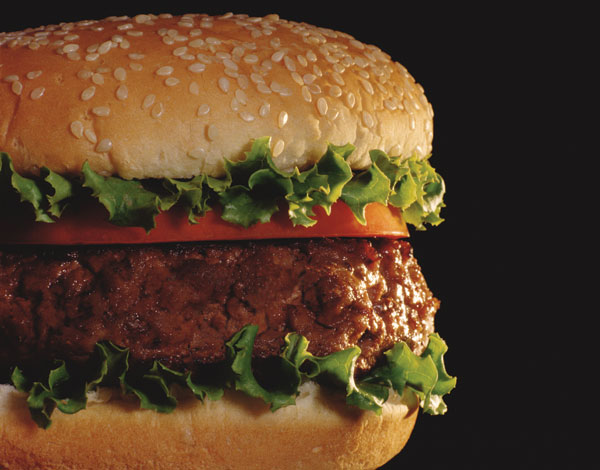2020: Strong beef demand across the globe to continue
Fast food restaurants may have big impact on U.S. beef prices.
December 12, 2019

Import prices, uncertainty in Argentina and the Chinese beef market are just three of the issues U.S. beef producers will have to contend with as they enter 2020. That’s what the latest report from RaboResearch said in Rabobank’s fourth quarter beef report.
Despite all that has hampered beef production in the United States in 2019, the outcome has been a predictable seasonal pattern. This includes the major weather upsets and the fire at the Tyson plant in Kansas.
Cattle slaughter for the year is up 1.4%, but beef production has been unchanged.
U.S. import prices
The growing demand in China has increased beef imports from Australia and New Zealand. The report states they expect ongoing competition between the U.S. market, Australia and New Zealand through 2020.
After trending upward since June, U.S. import prices jumped in October and reached the record levels seen in 2014. This pricing pressure forced American fast food restaurants to seek domestic beef supplies, pushing up other prices in the United States.
The increase in slaughter was offset by a decline in carcass weights, which was largely a result of the difficult weather that plagued the United States. In addition, exceptionally strong basis levels through much of the year encouraged hedgers to market cattle.
Many expect that the United States will close 2019 with large numbers of cattle on feed. However, there is an unusually large proportion of heifers on feed that is expected to limit carcass weights in 2020. Beef production is expected to hold at high levels in 2020 and likely 2021 before there are many measurable declines in the numbers of cattle outside feed yards, cattle on feed and fed beef production.
The end of expansion
The beef cow herd expansion that has set the tone of the markets for the past four years has come to an end. Heifers are no longer being retained in the breeding herd.
Instead, there is an increase in the percentage of heifers on feed. For the second half of 2019, heifers as a percentage of cattle on feed and heifers as percentage of the fed slaughter mix have been in the range of 38% to 40%, levels that suggest the herd is no longer growing.
Yet, there is no mass liquidation of cows. Beef cow liquidation in 2019 has been large but not excessive, according to Rabobank researchers. Disappointing returns to cow-calf producers provide a partial explanation, along with pockets of dry weather through parts of the southern states.
The future
Prices for fed cattle in 2020 are expected to remain nearly unchanged from the past two years with two possibilities for an upside. Resolution of a U.S.-China trade agreement would allow for increased U.S. pork shipments to China, elevating all protein prices. The other unexpected drive in the market is changing global trade flows for proteins.
As a larger share of beef from Australia and New Zealand goes to China, it is forcing a reduction in the quantity of manufacturing beef coming to the U.S. As a result, prices of Australiana and New Zealand 90% lean trimmings will hold a premium to domestic lean trimmings.
This is forcing quick-service burger restaurants to look for domestic alternative supplies. This situation is not expected to be quickly resolved and will be an interesting market development to watch in 2020.
New government in Argentina
As Argentina gets a new president, it’s causing uncertainty in the Argentina beef market. The instability comes from the lack of sector-specific agriculture policies and the increased change of higher beef export tariffs as was the case under the prior administration. However, high prices and good profit margins for processors may offset any increase in export tariffs.
China approves more export plants
China has been approving plants for access to the Chinese market due to the strong demand for imported protein. Brazil has had 22 plants approved and Argentina has had eight plants approved. In addition, South Africa has been re-granted access and several plants across Europe have also received approval.
Source: Rabobank, which is solely responsible for the information provided and is wholly owned by the source. Informa Business Media and all its subsidiaries are not responsible for any of the content contained in this information asset.
You May Also Like


.png?width=300&auto=webp&quality=80&disable=upscale)
